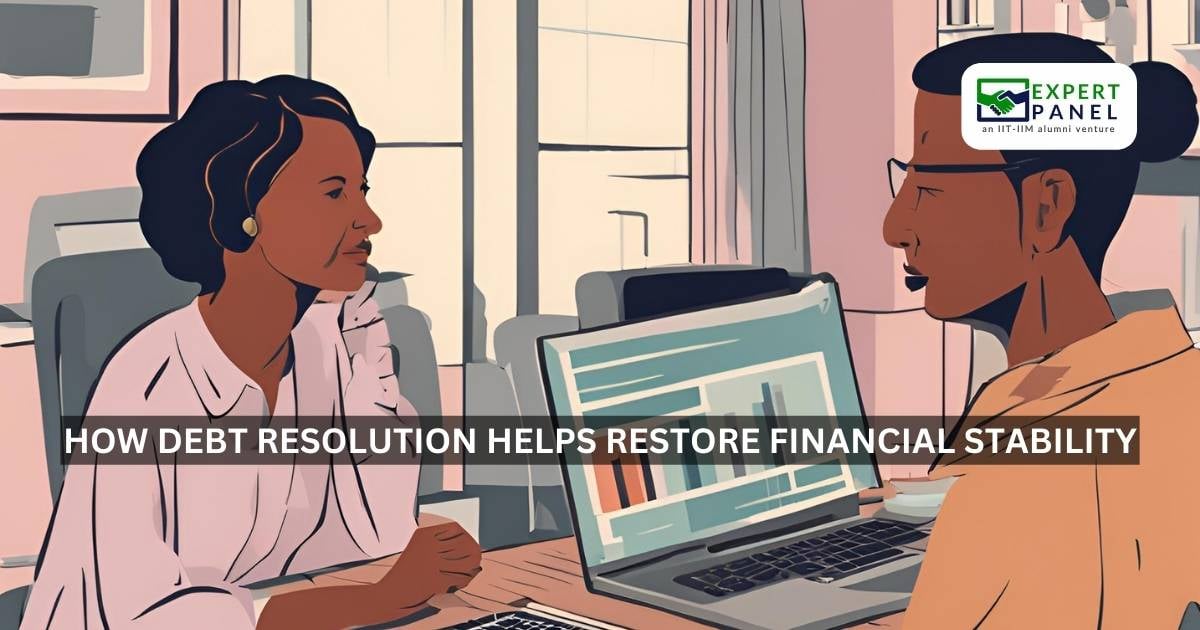· Loan Apps · 4 min read
Hidden Dangers of Loan Apps: Protect Your Financial Future
Loan apps promise quick cash with minimal hassle, but hidden risks like high fees, data misuse, and aggressive recovery tactics lurk beneath their convenience. Learn how to protect your financial future with informed decisions and smart habits.

In today’s fast-paced world, getting a loan is as easy as tapping your smartphone screen. Loan apps promise quick cash with minimal paperwork, but is this convenience worth it? As these apps grow in popularity, so do concerns about their practices. Let’s pull back the curtain on the loan app industry and explore what borrowers need to know to safeguard their financial well-being.
What exactly are loan apps, and how do they work?
Imagine having a digital lender in your pocket, ready to provide funds at a moment’s notice. That’s the appeal of loan apps. These platforms use your smartphone data to assess your creditworthiness and offer loans in minutes. No long lines, no stacks of paperwork—just quick cash at your fingertips. But this ease of access comes with its own set of pitfalls that many borrowers overlook in their rush to secure funds.
Why are loan apps becoming so popular, especially among young people?
The rise of loan apps mirrors our growing dependence on smartphones for everything from ordering food to finding love. For many young people, traditional banks feel outdated and cumbersome. Loan apps speak their language—fast, digital, and always available. Plus, these apps often have looser credit requirements, making them attractive to those just starting their financial journey. But this accessibility can be a double-edged sword, potentially leading to a cycle of debt if not managed carefully.
What are the hidden dangers lurking behind those enticing loan offers?
While loan apps boast about their low-interest rates and quick approvals, the real costs often hide in the fine print. Some apps charge hefty processing fees or penalties for early repayment. Others use aggressive collection practices if you fall behind on payments. There have even been cases of apps accessing borrowers’ contact lists and harassing friends and family about unpaid loans. It’s a stark reminder that in the world of finance, if something seems too good to be true, it probably is.
How are regulators responding to the loan app boom?
As complaints about loan apps pile up, regulators are starting to take notice. Some countries have banned certain apps outright, while others are working on new rules to govern this unregulated terrain. But regulation is struggling to keep pace with technology. In the meantime, borrowers are left to navigate this landscape largely on their own, armed only with their awareness and whatever financial knowledge they can gather.
What can borrowers do to protect themselves when using loan apps?
Knowledge is power, especially when it comes to your finances. Before downloading any loan app, do your homework. Read reviews from other users, not just the glowing testimonials on the app’s website. Check if the app is registered with your country’s financial regulators. Most importantly, read the terms and conditions carefully—yes, all of them. Pay special attention to interest rates, fees, and what happens if you can’t repay on time. Remember, a few minutes of research now could save you from financial troubles later.
How can we build better financial habits to avoid relying on quick loans?
The best defense against predatory lending is a strong financial foundation. Start by creating a budget to understand where your money goes each month. Build an emergency fund, even if it’s just a few dollars at a time. Learn about different saving and investing options that can help grow your money over time. And if you do need to borrow, explore all your options, including credit unions and traditional banks, which often offer more favorable terms than instant-loan apps.
Where can we find reliable information to boost our financial literacy?
In the age of information overload, finding trustworthy financial advice can be tricky. Start with government websites dedicated to consumer financial protection. Many reputable banks and financial institutions offer free educational resources on their websites. Look for online courses from recognized universities or financial experts. Follow finance-focused social media accounts that break down complex topics into bite-sized, understandable pieces. Remember, building financial literacy is a journey, not a destination. Keep learning, keep asking questions, and don’t be afraid to seek help when you need it.
Conclusion
Loan apps have undeniably changed the lending landscape, offering a level of convenience that was unimaginable just a few years ago. But as we’ve seen, this convenience can come at a high cost. By arming ourselves with insight, developing healthy financial habits, and approaching quick loans with caution, we can navigate this new financial frontier safely. Remember, true financial freedom isn’t about having access to easy credit—it’s about making informed decisions that secure your financial future. In the end, the best loan is often the one you don’t need to take.

 WHAT DOES IT TAKE TO BECOME MONEY-SMART IN TODAY'S WORLD_.BJxUi5Ro.jpg)

